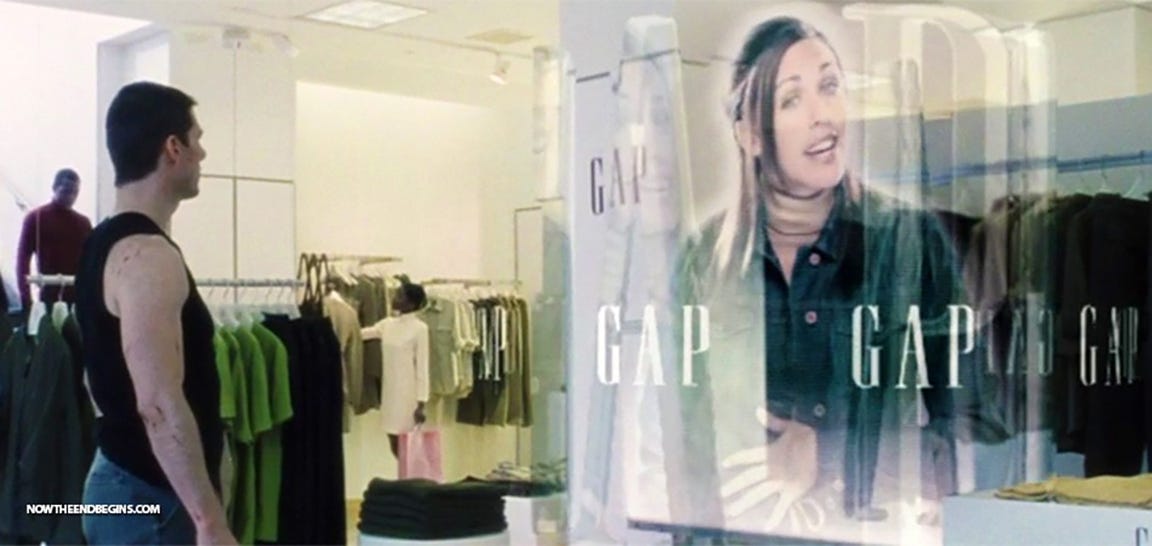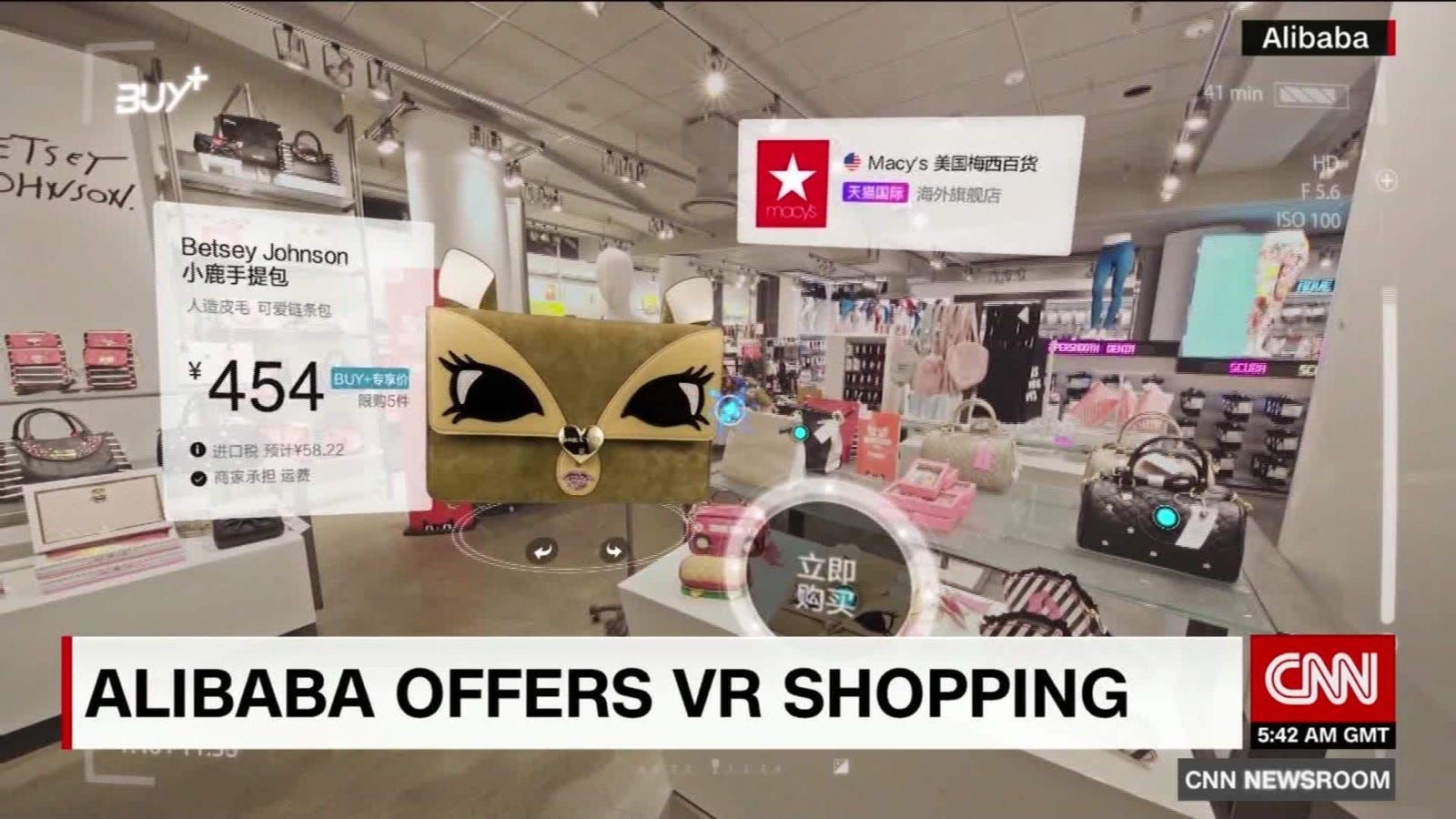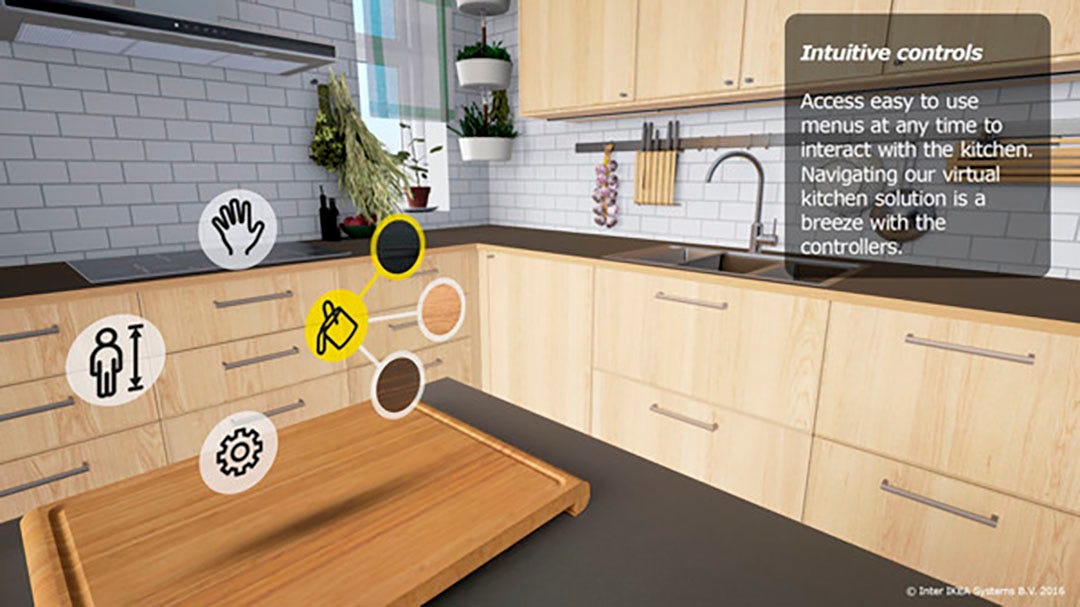Augmented and Virtual Reality Shopping - Retailers Beware
Augmented and Virtual Reality Shopping - Retailers Beware
- Last Updated: December 2, 2024
Scottie Gardonio
- Last Updated: December 2, 2024



In contrast to last week’s blog topic, Why are Virtual Reality and Augmented Reality Taking So Long? (a harsher subject surrounding artificial and virtual realities), I am shifting to something a bit lighter: shopping.
Let me start by first stating my unrelenting hatred toward the act of shopping. (OK, maybe this “lighter” topic has taken a dark turn.)
Truthfully, though, I don’t enjoy the act of purchasing products. I dislike traveling to a store. I don’t care for perusing endless aisles of goods unrelated to my outing’s goals. I am hardly fond of waiting in lines or struggling to find the one item for which I search. I am even less enthusiastic about being berated by advertisements as I scan the never-ending pages of the internet to find an item, only to be plagued by mixed reviews and hidden fees. I do not like shopping.
I do, however, like to have the things I need. (OK, that’s a bit “lighter.”)
I enjoy having a stock of toilet paper at the ready, and I am always partial to fruit at exactly the right ripeness. I try to keep my wardrobe as free of holes and stains as is possible, so I enjoy a crisp, new shirt like anyone else. I don’t even mind the exchange of money that takes place to secure a transaction. The part I dislike is the act of shopping, itself.
Will AR and VR changes in this space also change my attitude toward shopping? I’m not sure I know that for certain, but I do know it’ll change the general process.

Every transaction, every act of shopping, will be altered.
Whether it be tomorrow or twenty years from now, AR/VR will change this space dramatically.
Do you remember that decade-old Tom Cruise movie, Minority Report, where walking into a store would prompt a personal message from an automated system? For many, this would enhance the process of shopping.
No longer would I need to trudge through endless stacks and rows of pants to find one that fit. This personal attendant could easily direct me toward what their systems indicate I wanted either by my input of preferences or based off of previous purchases.
(That’s the last Minority Report reference in this article — promise!)
Perhaps you’re just trying to get in and out of a store quickly, desperately trying to pick the kiddos up on time or make it to your next appointment. Your phone, or other similar AR device, could direct you the locations of your wanted items within a store or tell you where to shop for the best deal on those products.

Easily find what you’re searching for as soon as you enter a shop. Image Credit: HackerNoon
Maybe you’re not keen on bringing armloads of clothing into a fitting room only to find walls speckled with hardened gum, hangars and discarded clothing strewn about, and that pesky room attendant trying to make a personal connection in order to solidify a sale.
Imagine skipping all of that and instead doing it from the comfort of your home. You could stick on a VR headset, virtually zip on over to you favorite stores (which wouldn’t have to be located anywhere near your house), and could trying on whatever you pleased. No running back onto the sales floor, shoes still piled in a propped-open room, to get the next size of a garment.
No, you could simply see if you like the look of the outfit, and your virtual world would figure out the appropriate size. The very act of changing would be removed, as well — thus, saving time. You would click through outfits instead of trying to balance your bare feet on a cold faux-wood floor while slipping off a pair of pants. Or, maybe once a week you would throw the headset on an simply view a company’s top picks for you instead of wading through tables of belly shirts and bell-bottom corduroys.
There is also a potential AI component here. As you shop, stores or apps would become more intelligent. An example: while I will admit that one of the few types of stores I enjoy spending time within are book stores, I do not find them to particularly useful for actually purchasing books.
Of course I cannot expect any one brick-and-mortar store to house every book ever written within its four walls, but I am also unable to locate a book I want in a physical store. Their selection is small, in many cases, making way for new product lines such as toys or movies, in order to maintain their sales locations (an obvious bi-product of tech such as Kindles).
So, often, I am sent to the internet for a good read. Well, if you’ve ever tried to “peruse” books online, it’s daunting. Now the selection is too large. However, should I find a book or author I like, I would very much enjoy an algorithm suggesting similar types to me.
If, at that last paragraph, you’re thinking this sounds an awful lot like something that’s already happening with subscriptions such as Netflix and targeted online advertising, you’re right.

Image courtesy of CNN.com
We already have much of the needed technology, and some of the infrastructure is in place.
Shopping is already heading down the AR/VR path, and we are beginning to see small pieces to this large puzzle fit into place.
As I mentioned above, we are already becoming accustomed to online targeting. If I search for an item online, it shows up in ads on the next page I visit. If I give a product review, for something such as a book on Audible, I get emails with suggestions for the next purchase. These steps will be easily incorporated into AR/VR.
For example, let’s pretend the popular AR tech is a set of glasses we wear everyday, everywhere we go. I might walk down an aisle of Target and get an alert that I’ve passed something I recently viewed online. Or, perhaps, the glasses keep tabs on items we view at length. If I spend a lot of time looking at a new microwave, it might then give me product reviews and the locations of where I might purchase it cheaper.
In the way of clothing, AR is beginning to help out with your wardrobe. There are a variety of apps helping to organize your closets, but more are moving into the space of becoming actual assistants.
Closet boasts the ability to be able to help you organize your wardrobe on your phone, and it will even match pieces together so you don’t need to worry about color combinations or style faux pas. Stylish Girl does similar things, but also assists with your shopping to ensure new items match with similar pieces you already own. While these may sound like something only a fashion-obsessed human would enjoy, I would counter that the fashion-illiterate are the ones who would see the full utility of this technology.
Still not sold?
Well, imagine this type of AR for your kitchen and grocery shopping. Don’t know what to make for dinner as the clock ticks on through the day? Your AR assistant already knows what you have in stock, can easily direct you toward one or two additional ingredients and even provide a full recipe with tips as you prepare a meal.
Snapchat is helping, too, even if they’re not aware of the fact. Their app uses technology to change your face’s appearance, often by adding accessories. Shopping for glasses? Great — now just because you’re not in the store, you don’t have to wonder how they look as you shop via AR. Wondering if that couch will look good in your living room? It’s a cinch as you scan your home with an AR device and insert the new furniture right in the existing space.
Did you notice the image at the beginning of this section? Some retailers are already using VR technology in rudimentary ways. Check out the short news story at CNN.com to see how Alibaba has begun to offer VR shopping.

IKEA got on board with VR shopping in 2016 via an exploratory and initial app through Steam. | Image: gamespot.com
Hopefully, retailers will prepare for this step better than they did for the advent of online shopping.
We all hear the news reports, particularly around the times of year where shopping is supposed to be at its peak: online shopping is up and sales in physical stores are down.
Perhaps it was because online shopping changed slowly, but long-established retailers seem to cling to past selling models while struggling with the new. These days, it’s not uncommon to see a new retailer ditch the brick-and-mortar model altogether, opting to only sell online.
Despite this, the older retailers insist on saving some archaic idea that people want to spend time shopping in physical locations. While many people still value that experience — one that is typically social in nature or warranted due to the type of product being purchased — people are beginning to value their time at an increased rate. This means those retailers making shopping an easier or more pleasurable event are those who will see increased sales. The convenience online shopping offers consumers is something that can no longer be ignored for the sake of keeping up past appearances.
As AR and VR move into the space of sales and shopping more, retailers would be wise to not just jump on the bandwagon. Retailers should be the driving force behind this technology.
While they have clashed over the idea of online shopping as a preferred method, offering incentives for those shopping in stores, they should embrace the idea of AR/VR as a selling tool in order to form the consumer’s experience from the very beginning.
Perhaps the augmented and virtual reality alterations within a shopping scenario will become the merging of online and in-store purchases. A retailer can use VR to give the customer the experience of being in a store while still providing all of the conveniences of online. AR could revolutionize the way an in-store experience is perceived, thus making the trek a more pleasurable one for the purchaser.
Regardless of how businesses implement this technology, they should do it now. There are small ways to dip a toe into this ever-expanding pool, and doing so at the beginning will make for a more seamless transition. The transition for both consumer and retailer will be important, if online shopping has taught us anything.
It’s an exciting time for shopping.
Perhaps those like me, who hate the process of shopping, will begin to find a new pleasure in the act. For those who already enjoy everything about shopping, AR and VR will only enhance their experiences. And, if done well, all of this will mean increased sales and profits for the businesses offering the services. A true win-win-win situation.
The Most Comprehensive IoT Newsletter for Enterprises
Showcasing the highest-quality content, resources, news, and insights from the world of the Internet of Things. Subscribe to remain informed and up-to-date.
New Podcast Episode

What is Hybrid Connectivity for IoT?
Related Articles





